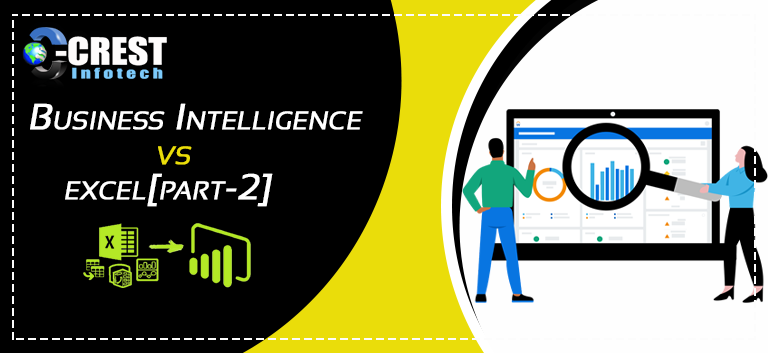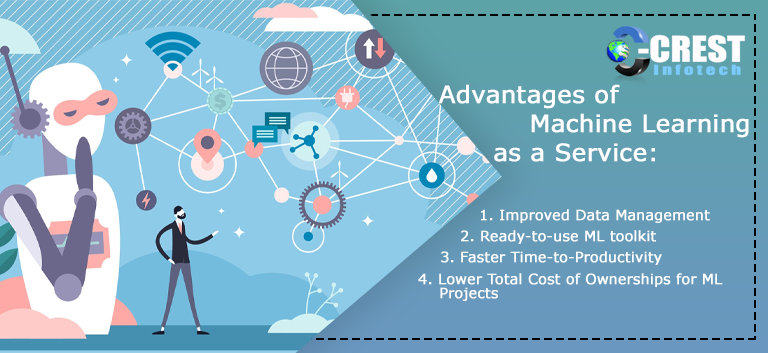Part two of this series will focus on two processes: Scalability and Indifference.
Scalability
If you are unable to adjust the size or scale of your Excel reporting capacity, or the processes through which this information is exchanged are unable to deliver a variety of capabilities, it is highly likely that scalability is at the core of the problem. Whenever attempts are made to take Excel reports beyond where they reside (A.K.A. on your desktop, for your eyes only) and share them with dozens of others, scalability (or rather, lack of) rears its ugly head; whether they are internal stakeholders, or external clients and partners who want to ingest knowledge. It becomes much more tedious if the aim is to exchange reports in a professional way, particularly when information is to be provided to these external organizations as an asset, if this process is not already difficult enough. Many businesses monetize their data these days or use reports as a way to verify anything they generate for their clients. Unfortunately, in terms of the degree of professionalism you can like to see when exchanging knowledge with external users, Excel (and even PowerPoint to that extent) simply doesn’t cut it.This is a key explanation why a large portion of our customers have moved from Excel-based reporting to the integration of a framework for business intelligence.
But before we can even start thinking about the complexities surrounding the look and feel of Excel shared reports, we need to go back to the root scalability issue, which is security. Excel’s ability to secure knowledge in a scalable way is the number one challenge with respect to scalability. More precisely, it lacks the ability to extend protection frameworks to various datasets, and a range of different users also exchange and reuse the same reports. Sure, it is possible to clarify the word ‘the’ in Excel (via VBA scripts, other sophisticated mechanisms, various forms of workarounds, etc.), just as it is possible. In Excel, this method is highly dynamic, bound to fail, and just not scalable.
Indifference
Whoosh! Whoosh! That’s the sound of a weekly email that travels to your garbage bin from your inbox. You know the article I’m talking about-the one that you obviously stopped worrying about and opened just to delete the unread notification. It is indicative of a lack of interest or indifference to your reports if you find yourself referring to this. It’s safe to say that there’s no value you see in them.
In this respect, where Excel comes up short, there are visual design elements in its scarcity. Using strong, highly customizable data visualizations that help them gain useful insights and drive faster decision making, BI allows its users to create pixel-perfect dashboards.
In a dedicated report designer, it is possible to take the same beautiful visualizations associated with dashboards and clearly align them to the reporting needs of the organization. BI is versatile and collaborative enough to allow the development of complex views in a simplified, attractive way, regardless of whether our users want to create multi-page reports or ad-hoc reports.
“If you build it, they will come” also holds true here. A professional, visually friendly design will not only inspire users to open the report, but also to take it more seriously and engage with it to ask additional questions based on observations that can not easily be found in conventional Excel tabular reports.
Conclusion
There are major disadvantages with Excel, considering its crazy success, that a business intelligence solution tackles more appropriately. While spreadsheets work adequately with smaller volume data for simple calculations, it is important to realize that some Excel-based processes are simply better suited to BI.
In this respect, where Excel comes up short, there are visual design elements in its scarcity. Using strong, highly customizable data visualizations that help them gain useful insights and drive faster decision making, BI allows its users to create pixel-perfect dashboards.
If during your daily routines, you have suffered from any of the above processes and are looking to take advantage of the abundance of data at your disposal to make smarter, more educated decisions, we strongly suggest investing time in assessing a solution that provides more than just data exploration.



